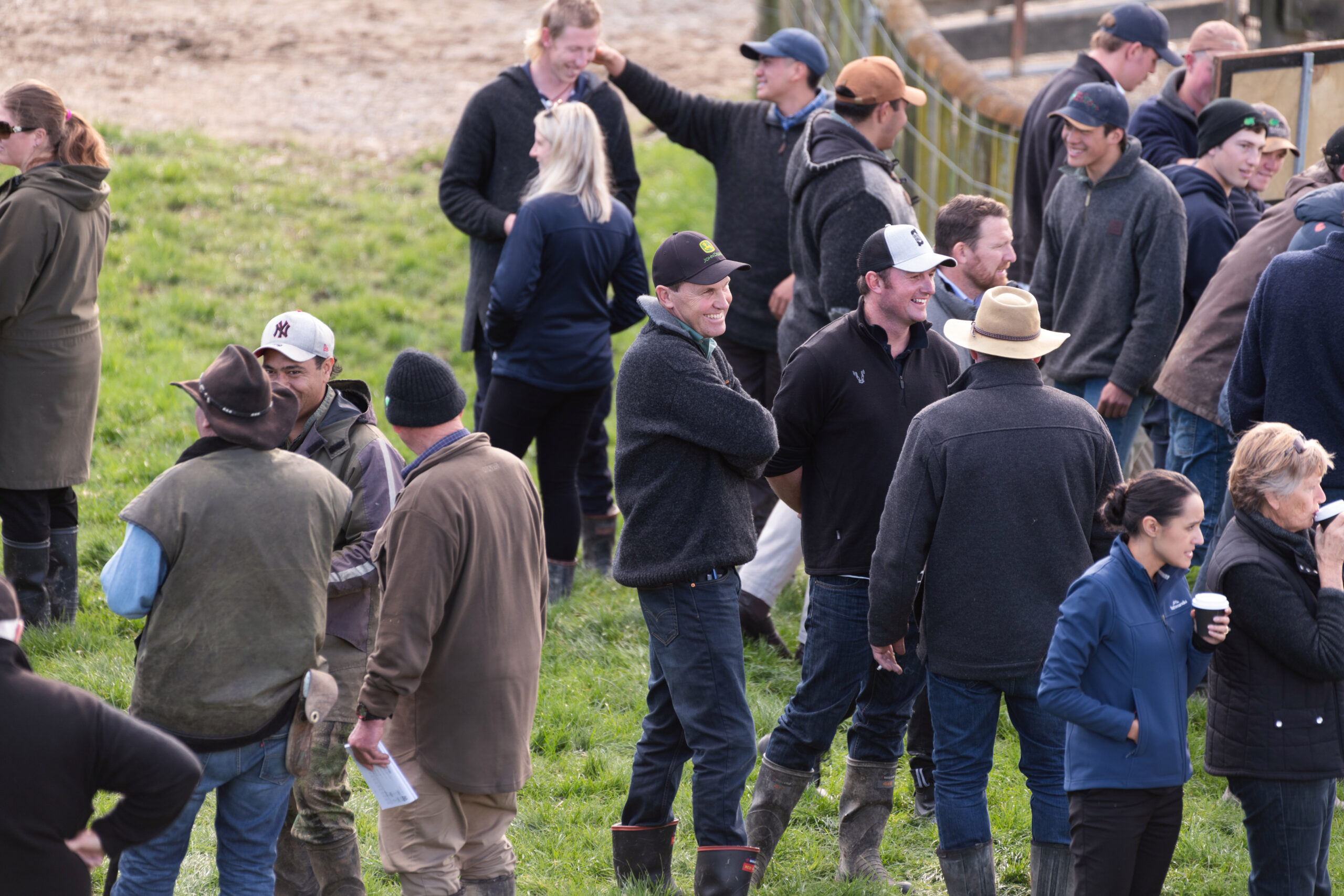Research is now underway to determine whether “better” female fertility EBVs can be calculated by Angus TACE. In particular, whether details from artificial insemination (AI) and embryo transfer (ET) programs could be utilised in the calculation of female fertility EBVs, plus whether additional EBVs to the current Days to Calving EBV should be calculated. Breeders interested in assisting with this research are asked to submit the following female fertility information.
What Female Fertility Information Should be Recorded?
All ‘events’ associated with the joining of their females from the start of the mating period in each breeding season through to when the subsequent calves are born should be recorded.
Broadly, the information to be collected should include:
1. Joining details of all females mated within the herd, including within natural, artificial insemination or embryo transfer programs.
2. Details of all females removed from the herd, particularly those present at joining that were no longer within the herd by the time of the subsequent calving.
3. Details of all calves (dead or alive) that are born as a result of these joinings.
4. Pregnancy test results for all females
Recording Joining Details
Recording Details from Natural Joining Programs
Record each natural joining event to which a female (cow or heifer) is exposed within the breeding season whether this was the successful joining or not. For situations where females are joined to several bulls in a mating season, record all joinings for the female, not just the first or successful joining.
- For each natural joining event within the breeding season, record the bull the female was joined to, the date she was joined (‘bull in’ date) and the date the bull was removed (‘bull out’ date). Knowing the end of the joining period is important.
- The joining event code to be used when recording natural joining events is ‘N’ (Natural/Paddock mating).
Record management group information to identify any cow/s within a joining group whose fertility may have been affected either prior to or during the joining program due to non-genetic factors. e.g. significantly different nutrition, sickness, injury. A maximum of three characters (letters and/or numbers) can be used to describe each management group.
Recording Details from Artificial Insemination Programs
It is important that all ‘events’ associated with the artificial insemination program from the start of the mating period through to when the subsequent calves are born are recorded. This includes details of treatments in addition to the mating itself (eg. synchronisation).
For each female, record the date and ‘type’ of each event within the artificial breeding program using the following event codes:
Z Synchronisation program
M Used to define the mating program period for programs that don’t start with synchronisation. For example, if a mob of cows or heifers enter into a non synchronised mating program that involves artificial insemination followed by a back up bull then ‘M’ would be used to define the date the females initially came together for the program through to the date the back up bull was removed.
A Artificial insemination after a fixed time from synchronisation
I Artificial insemination on observed heat (whether synchronised or not)
N Natural/Paddock Joining (in this case, where females have been joined naturally at the conclusion of an artificial breeding program)
H Hand mating
When recording the date and ‘type’ of each event, note:
The identification of the bull relevant to joining events A, I, N and H needs to be recorded. The event codes M and Z do not need bull details.
Only the joining event codes of M & N require a start and an end date. All other codes (i.e. A, I, H and Z) require only the date to be recorded for the day on which the event occurred.
Record management group information to identify cows that have been managed together as part of the same artificial breeding program. A maximum of three characters (letters and/or numbers) can be used to describe each management group. A management group should also be used to identify any cow/s whose fertility may have been affected either prior to or during the artificial breeding program due to non-genetic factors. e.g. significantly different nutrition, sickness, injury.
Recording Details from Embryo Transfer Programs
- For donor females, record the date the female was flushed and the number of embryos that were collected.
- For recipient females, record the date of implantation for any females that are recorded with Angus NZ. A mating event code of E should be used. It is not necessary to record the details for recipient females that are not recorded with Angus NZ.
Recording Pregnancy Test Results
Where pregnancy test results are available, record the date and result of the test for each female joined.
Pregnancy test results should be reported as:
N = Not pregnant
P = Pregnant
A number between 3-20 (i.e. the number of weeks pregnant as advised by a qualified technician. ) Where the foetus is over 20 weeks old, a ‘P’ should be used.
Recording Calf Details
All calves that are born in the herd need to be recorded with Angus NZ. Not recording all calves (including dead calves) with Angus NZ will compromise the usefulness of the female fertility information.


